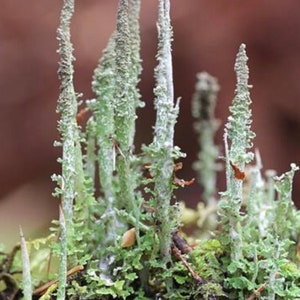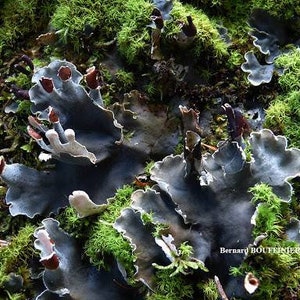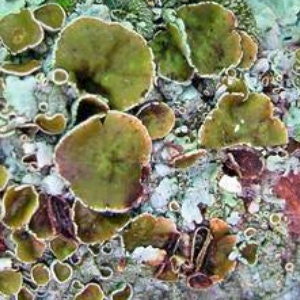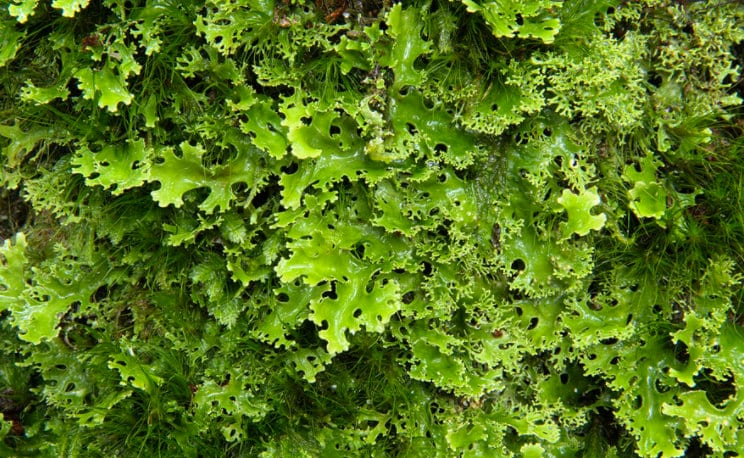
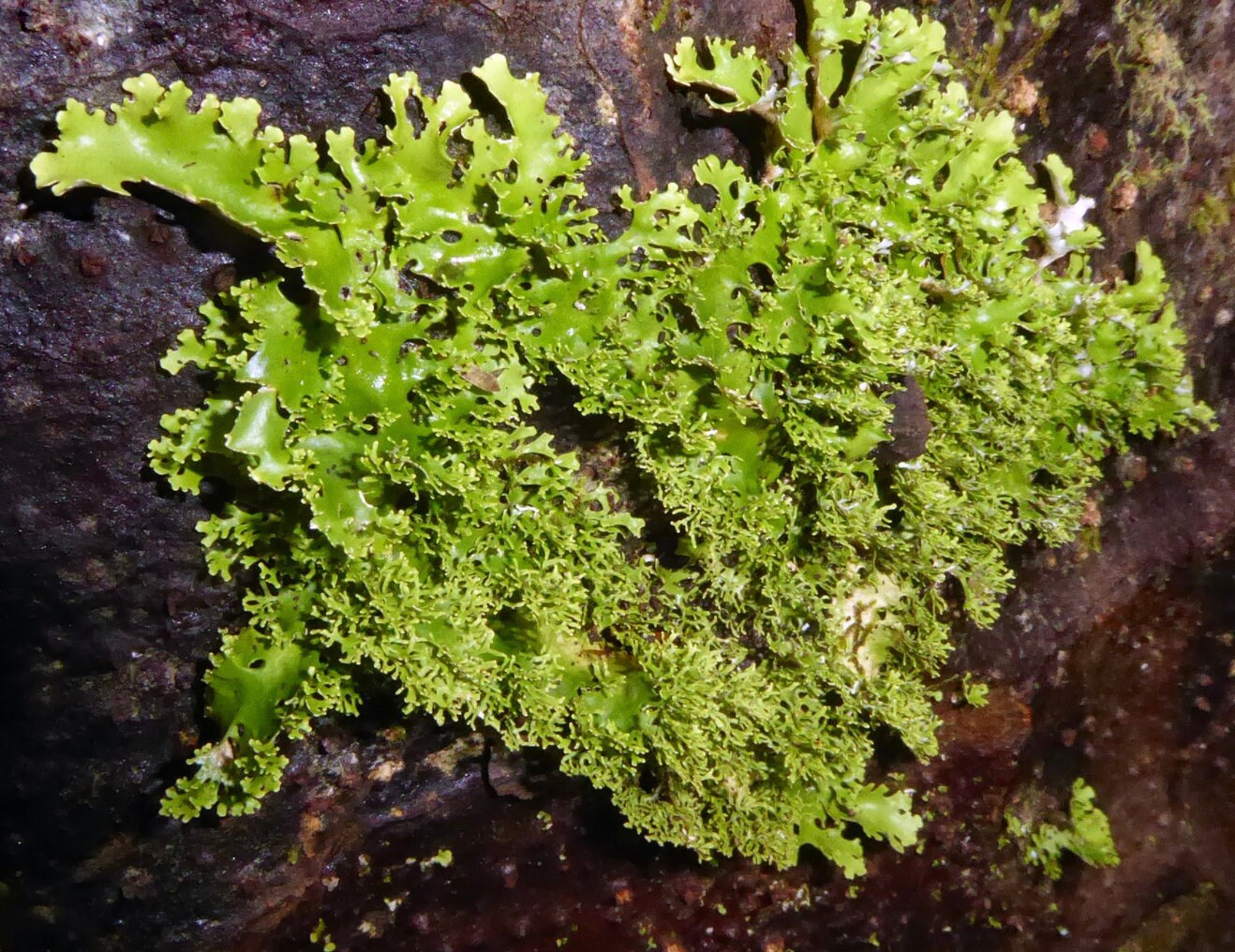
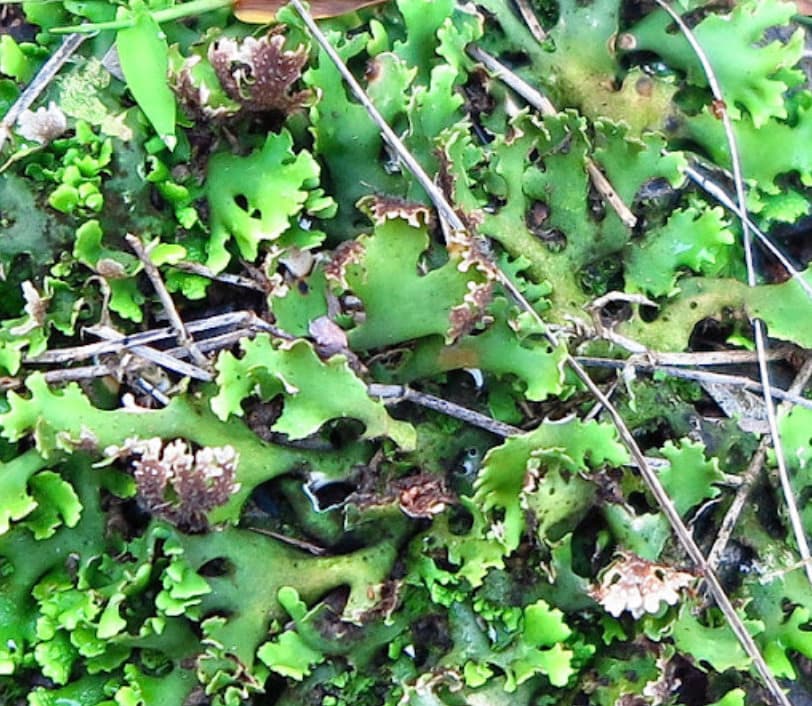
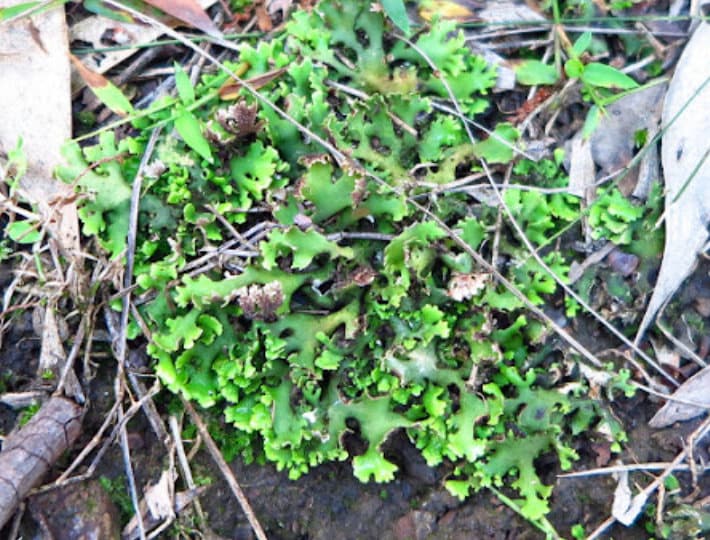
Lichen
Terrarium lichen Pseudocyphellaria multifida with Phytosanitary certification and Passport, grown by moss supplier
$4.75
-
DetailsPseudocyphellaria multifida Is a full light low humidity lichen that grows on Sandy soil. A stunning carpeting lichen that brings stunning texture and color to you the front of your terrarium.
Making a bioactive terrarium? We also sell clean-up crews of arthropods (springtails), crustaceans (isopods), and Oniscomorpha (Pill millipedes). These unique living organisms will help establish a healthy relationship between the soil, plant roots and biodegradables inside the enclosure to thrive. If you interested in learning more please message/contact us or go to moss-wholesale.com
Free international tracked shipping from 100 euros of items bought with coupon FREESHIPPING100
If you are experiencing any problems during payment please contact me and we can sort it out, or we have another sitethrough which you can purchase these and more!
We sell Pseudocyphellaria multifida lichen in many dimensions.
You will be receiving Pseudocyphellaria multifida which has been dehydrated for shipping, when she arrives just rehydrate her by spraying water on her, and within seconds she comes back to life. Do have a look at my other moss, liverwort, and lichen collection for sale in my Etsy shop, and chose a selection. Moss can remain alive even during periods of drought, resuming photosynthesis when moistened again by rain or even fog.
This lichen makes a natural addition to moss gardens as they would grow together with moss and Liverworts on ground substrates and clay and mud.
This bright green coral like plant is stunning growing through moss and other lichen like Cladonia rangiferin.
She really give a vibrate addition of colour to any Bryophyta collection in terrariums, viveriums, or extior moss gadrns and living walls.
We do Internation post tracking with every order. Your order will be packed safely and I'll send your Internation tracking number so you can follow your order travels to you :)
Thallus irregularly spreading, loosely attached, 2–10 (–15) cm wide.
Lobes narrow, 0.5–3 (–5) cm long, 1–5 (–10) mm wide, complexly branched, entangled-imbricate, discrete at margins; lobe margins entire, ragged, incised, richly phyllidiate, slightly thickened below and occasionally ridged above.
Upper surface greenish grey to buff-brown when dry, lettuce-green to dark emerald-green when wet, smooth, undulate, occasionally shallowly wrinkled or pitted, minutely white-papillate, occasionally maculate, without pseudocyphellae or soredia.
Phyllidia common, often obscuring thallus, marginal or regenerating from laminal cracks or tears, simple to richly divided, squamiform to strap-like.
Medulla white. Photobiont green.
Lower surface whitish to pale buff and glabrous at margins, darker centrally with a short white velvety patchily developed tomentum.
Pseudocyphellae scattered, white, fleck-like, most noticeable at margins.
Apothecia uncommon, sessile, 0.5–4 mm diam.
disc pale to dark red-brown, matt, epruinose; exciple roughened-papillate; epithecium yellow-brown, olive-brown; hymenium colourless; hypothecium hyaline to pale straw-yellow.
Ascospores broadly fusiform-ellipsoidal, 1–3-septate, 23–34 × 9–11 µm, pale yellow-brown.
The Pseudocyphellaria symbiosis:
Many species of Pseudocyphellaria are cyanolichens and contain the cyanobacterium Nostoc as a photobiont, which allows nitrogen fixation. In some species of Pseudocyphellaria the cyanobacterium is the sole photobiont, while other species also contain the green alga Dictyochloropsis and restrict the cyanobacterium to warty cephalodia on the lower surface of the lichen.
Some species of Pseudocyphellaria appear to be able to use either a cyanobacterium or a green algae as their photobiont. DNA tests have shown that the fungal symbionts in P. murrayi (which is in a symbiosis with a cyanobacterium) and P. rufovirescens (which is in a symbiosis with a green alga) are actually the same species. This means that P. murrayi-P. rufovirescens is actually one species of fungus that is capable of forming two very different lichens, one with a cyanobacterium and one with a green alga. Two other possible pairs of Pseudocellaria species that may be capable of choosing their photobiont are P. knightii-P. lividofusca, and P. kookeri-P. durietzii.
Ecological significance
Most Pseudocyphellaria grow on trees in coastal areas, from the subtropics to the boreal zones, although some species ( Pseudocyphellaria multifida ) can occasionally be found growing on mossy rocks or growing inland. Many species of Pseudocyphellaria are restricted to old-growth forests in humid areas, and are therefore threatened by logging. The limited light conditions of dense young forests can severely decrease the growth of Pseudocyphellaria compared to more open, old-growth forests, and the excess of light from clearcuts can also cause damage to the lichen. Because they are often restricted to humid forests in undisturbed areas, species of Pseudocyphellaria are often used as indicators of valuable old growth forests. -
Shipping & Policies
Shipping from France
Processing time
1-3 business days
Customs and import taxes
Buyers are responsible for any customs and import taxes that may apply. I'm not responsible for delays due to customs.
Payment Options
Returns & Exchanges
I gladly accept returns, exchanges, and cancellations
Just contact me within: 14 days of delivery
Ship items back to me within: 30 days of delivery
- Custom or personalized orders
- Perishable products (like food or flowers)
- Digital downloads
- Intimate items (for health/hygiene reasons)
- Items on sale
Conditions of return
Buyers are responsible for return shipping costs. If the item is not returned in its original condition, the buyer is responsible for any loss in value.
Questions about your order?
Please contact me if you have any problems with your order.

